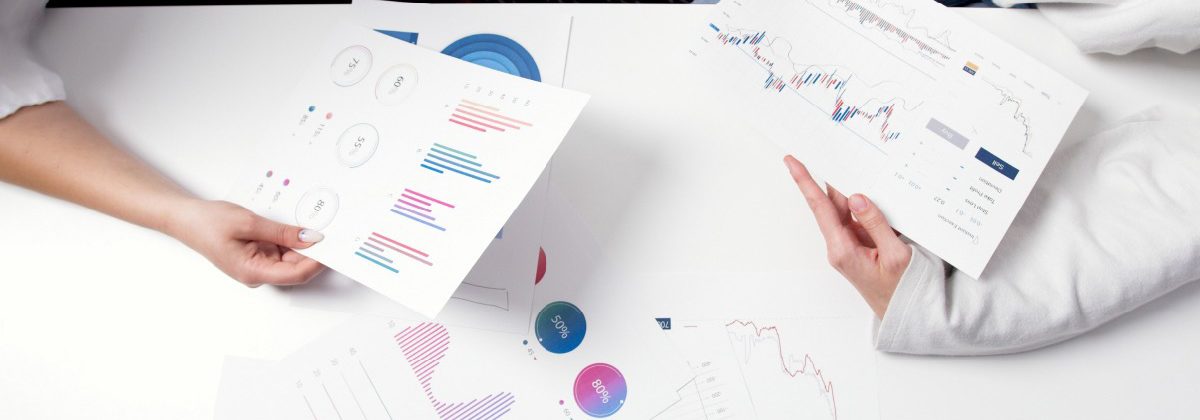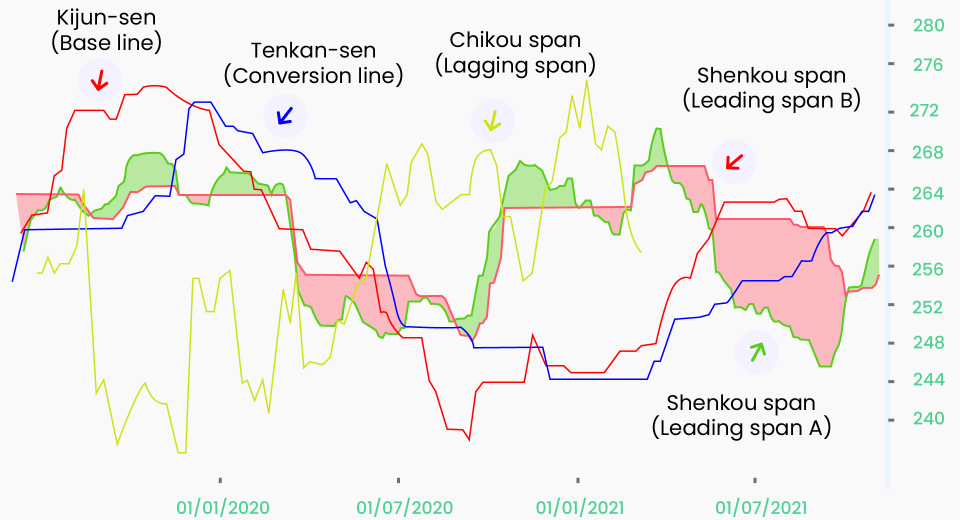Ready to Begin Trading? These 5 Technical Indicators Should Be in Your Toolkit

Trading is a fast-paced activity, and the markets may seem chaotic to newbies. Technical analysis helps to predict price movements based on historical trends. But not everyone can apply mathematical formulas to make predictions. Here’s where technical indicators help, as they are preformulated calculations, which can be used on charts to draw inferences. The charts can be of any timeframe, ranging from 15 seconds for scalping, to a few hours for intra-day trading.
Technical indicators enable traders to get an idea of trend direction, volume, momentum, and volatility to predict the price of their chosen asset. If you’re ready to start trading, here’s a look at 5 technical indicators that should be in your toolkit.
Trend Indicators
These indicators study the price movements and indicate the trend. They remove the noise of temporary spikes and dips to reveal an overall direction of the price movements. Trend indicators are used to predict whether the trend will continue or reverse. They are most helpful in identifying support and resistance levels.
A Simple Moving Average (SMA or MA) smooths out the price data. It’s a curve or a line that eliminates variations caused by price fluctuations. Moving averages of tops and bottoms help to uncover the price range.
Trading Strategy
A crossover of a longer duration MA, such as 200 days, with a shorter duration MA, like 50 days, represents a signal to buy or sell. A buy signal occurs when the 50-day MA crosses the 200-day MA from below and rises. A sell signal occurs when the 50-day MA crosses the 200-day MA from above and declines.
Momentum Indicators
These are used by traders to study how quickly or slowly the price of an asset changes. They work in conjunction with other indicators, as they do not identify the direction, rather the timeframe in which the change is projected.
The Relative Strength Index (RSI) helps traders to analyse the momentum of price movements.
RSI oscillates between 0 and 100.
Trading Strategy
An RSI value of above 70 shows that the asset is overbought and may be ready for a bear run. Traders may consider going short when this occurs. An RSI of below 30 signals that the asset is oversold and that bears may be ready to enter the market. This is a signal to go long.
Moving Average Convergence Divergence (MACD) is another common momentum indicator that shows the difference between two exponential moving average (EMA) lines – the 26 EMA and 12 EMA. The 9 EMA is the signal or the reference line.
Trading Strategy
When the MACD line crosses the signal line from below, traders typically consider this a buy signal. A sell signal is when the MACD line crosses the signal line from above.
Volume Indicators
Volume plays a crucial role in driving the markets and holding up a trend. Novice traders tend to ignore this, which can prove to be a mistake. Volume indicators are early notifiers of price action reversal or continuation. Volume is a driving factor for prices because it indicates how aggressively bears or bulls are operating in the market. The stronger the price action in a particular direction, the greater the chances of the market continuing to move in that direction.
On-Balance Volume (OBV) is a popular indicator that tracks absolute volume change. A change in the OBV that is higher than the change in an asset’s price in a given period signals a sharp upside or downside in the near future. What matters more than the actual value of the indicator, is whether it is positive or negative. This indicates whether there is buying or selling pressure in the market.
Trading Strategy
Locate a trend reversal when the price peaks or troughs do not agree with the OBV peaks or troughs. If the price is making lower troughs and OBV is making higher troughs (positive divergence), the downward trend is likely to fail. Conversely, if the price continues to higher peaks while the OBV makes lower peaks (negative divergence), the uptrend could soon reverse.
Volatility Indicators
Volatility represents attractive trading opportunities, but not without thorough analysis and fast decision making. High volatility typically drives a market trend, while low volatility usually occurs during market consolidation.
Bollinger Bands are among the most used indicators by day traders. They help to find a range in which the price of an asset fluctuates. The width of this indicator reflects whether volatility has increased or decreased. The bands are plotted in terms of two standard deviations from the SMA indicator, one in the positive and the other in the negative direction.
Trading Strategy
Bollinger Bands help traders to identify overbought and oversold conditions. If the price breaks the upper band, the signal is bearish and indicates that the price may fall soon. This is a signal to sell the asset. If the price breaks the lower band, it is expected to rise soon, which this is a signal to buy.
Note that Bollinger Bands can produce false signals. They should be used with other indicators and only if those indicators confirm what the Bollinger Bands suggest.
Breadth Indicators
These reflect the number of participants in a rally. The number or percentage of active traders in an asset can also be deduced from breadth indicators. A steady or increasing width indicates that the rally is sustainable, whereas a diminishing width indicates weakening confidence in the market.
A simple analysis of the number or percentage of securities trading above the SMA is enough to gauge the width. A value above 50% indicates a bullish, while a value below this percentage indicates a bearish bias.
To Sum Up
If traders try to plot and analyse price movements manually, it may take hours or even days. Trading platforms provide an assortment of tools that are easy to use on price charts to perform the task within seconds.
Technical analysis is the science of building a sound trading portfolio. Traders must consider market sentiment, news, geopolitical situations, and economic calendar events along with technical indicators, since financial markets move as a combination of all these factors. Moreover, sound risk management and practicing on a demo account before entering the markets are recommended.
Disclaimer:
All data, information and materials are published and provided “as is” solely for informational purposes only, and is not intended nor should be considered, in any way, as investment advice, recommendations, and/or suggestions for performing any actions with financial instruments. The information and opinions presented do not take into account any particular individual’s investment objectives, financial situation or needs, and hence does not constitute as an advice or a recommendation with respect to any investment product. All investors should seek advice from certified financial advisors based on their unique situation before making any investment decisions in accordance to their personal risk appetite. Blackwell Global endeavours to ensure that the information provided is complete and correct, but make no representation as to the actuality, accuracy or completeness of the information. Information, data and opinions may change without notice and Blackwell Global is not obliged to update on the changes. The opinions and views expressed are solely those of the authors and analysts and do not necessarily represent that of Blackwell Global or its management, shareholders, and affiliates. Any projections or views of the market provided may not prove to be accurate. Past performance is not necessarily an indicative of future performance. Blackwell Global assumes no liability for any loss arising directly or indirectly from use of or reliance on such information herein contained. Reproduction of this information, in whole or in part, is not permitted.




